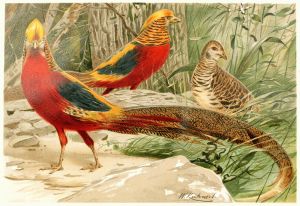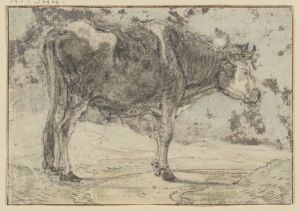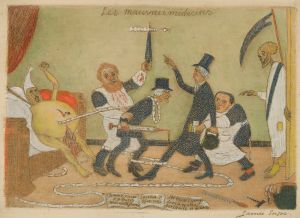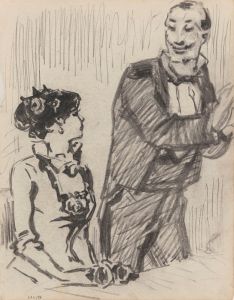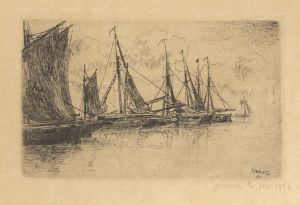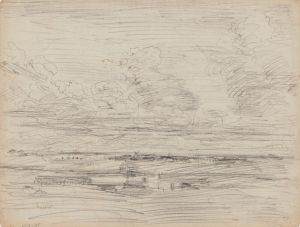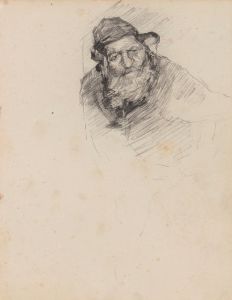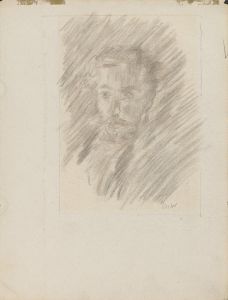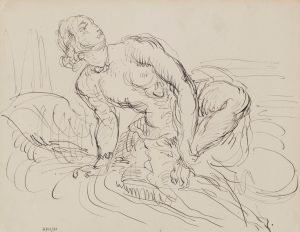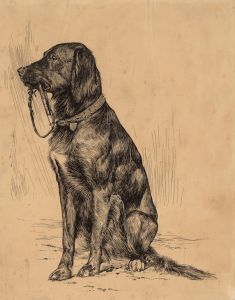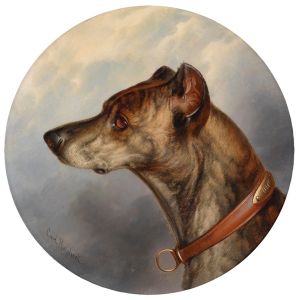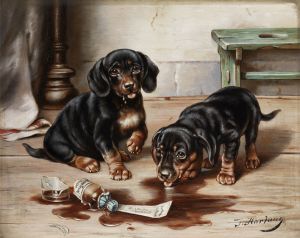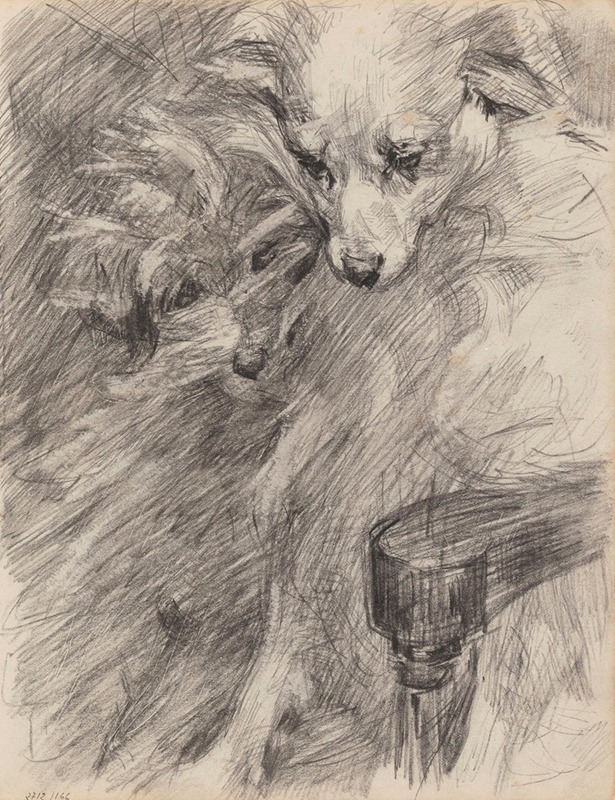
Dog
A hand-painted replica of James Ensor’s masterpiece Dog, meticulously crafted by professional artists to capture the true essence of the original. Each piece is created with museum-quality canvas and rare mineral pigments, carefully painted by experienced artists with delicate brushstrokes and rich, layered colors to perfectly recreate the texture of the original artwork. Unlike machine-printed reproductions, this hand-painted version brings the painting to life, infused with the artist’s emotions and skill in every stroke. Whether for personal collection or home decoration, it instantly elevates the artistic atmosphere of any space.
James Ensor, a Belgian painter and printmaker, is renowned for his unique and often eccentric style that blends elements of symbolism, expressionism, and surrealism. One of his lesser-known works is "Dog," a painting that reflects his distinctive approach to art.
James Sidney Edouard, Baron Ensor, was born on April 13, 1860, in Ostend, Belgium, and he spent most of his life in this coastal city. Ensor's work is characterized by its vivid use of color, intricate detail, and often macabre or fantastical subject matter. He was a leading figure in the Belgian avant-garde movement and played a significant role in the development of modern art in Europe.
"Dog" by James Ensor is a painting that exemplifies his fascination with everyday subjects and his ability to imbue them with a sense of mystery and intrigue. The painting depicts a dog, rendered with Ensor's characteristic attention to detail and vibrant color palette. The dog's expression and posture suggest a sense of alertness and curiosity, capturing a moment of stillness and contemplation.
Ensor's use of light and shadow in "Dog" is particularly noteworthy. He employs a technique that creates a sense of depth and texture, bringing the dog's fur and surroundings to life. The background of the painting is relatively simple, allowing the viewer's focus to remain on the central subject. This simplicity is a hallmark of Ensor's work, where the emphasis is often placed on the emotional and psychological presence of the subject rather than on elaborate settings or narratives.
Throughout his career, Ensor was known for his unconventional choice of subjects and his willingness to explore themes that were often considered taboo or controversial. His work frequently included elements of satire and social commentary, reflecting his critical view of contemporary society. While "Dog" does not overtly display these themes, it still carries a sense of individuality and character that is typical of Ensor's oeuvre.
Ensor's influence on the art world was profound, and his work paved the way for future generations of artists. He was a member of the avant-garde group Les XX (The Twenty), which included other notable artists such as Théo van Rysselberghe and Fernand Khnopff. This group was instrumental in promoting modern art in Belgium and beyond, organizing annual exhibitions that showcased the work of emerging artists.
In recognition of his contributions to art, James Ensor was awarded the title of Baron by King Albert I of Belgium in 1929. Despite his success, Ensor remained a somewhat enigmatic figure, often retreating to the solitude of his home in Ostend, where he continued to create art until his death on November 19, 1949.
"Dog" by James Ensor is a testament to the artist's ability to find beauty and significance in the ordinary. Through his masterful use of color, light, and composition, Ensor transforms a simple depiction of a dog into a work of art that resonates with viewers on a deeper level. This painting, like much of Ensor's work, invites contemplation and reflection, offering a glimpse into the mind of one of Belgium's most innovative and influential artists.





